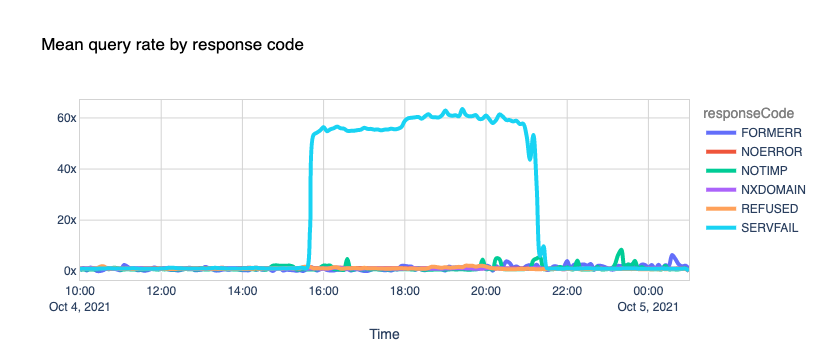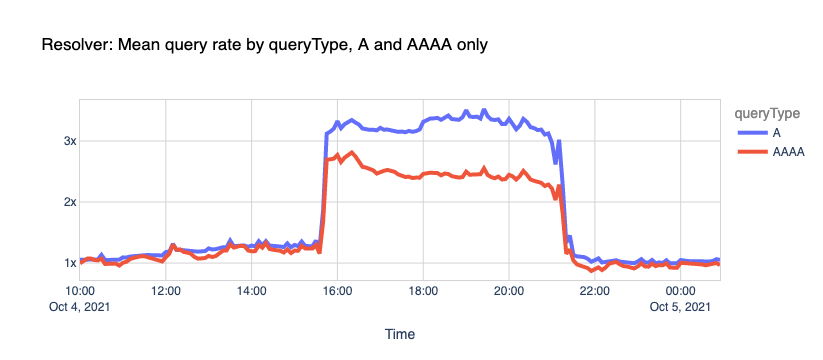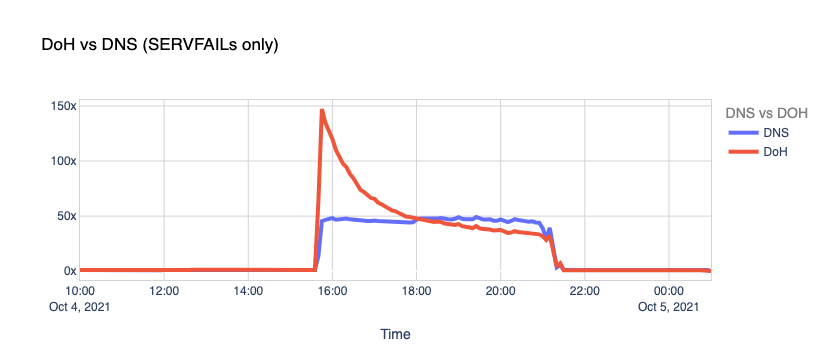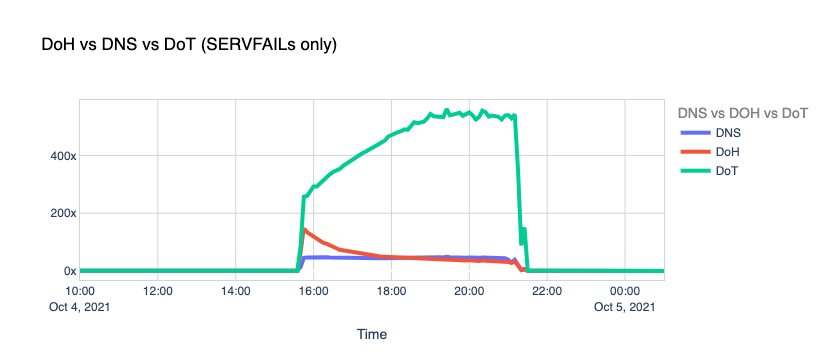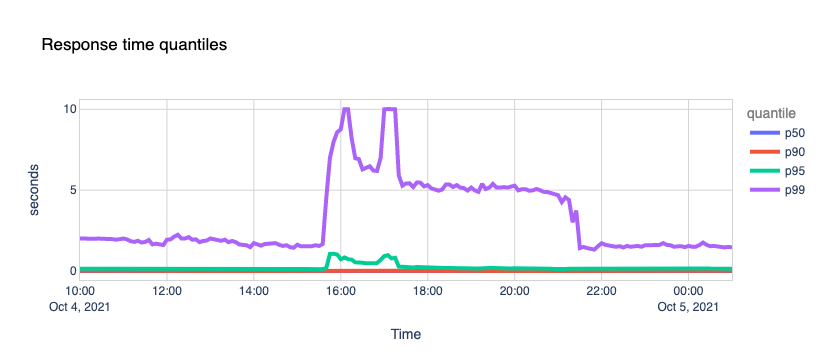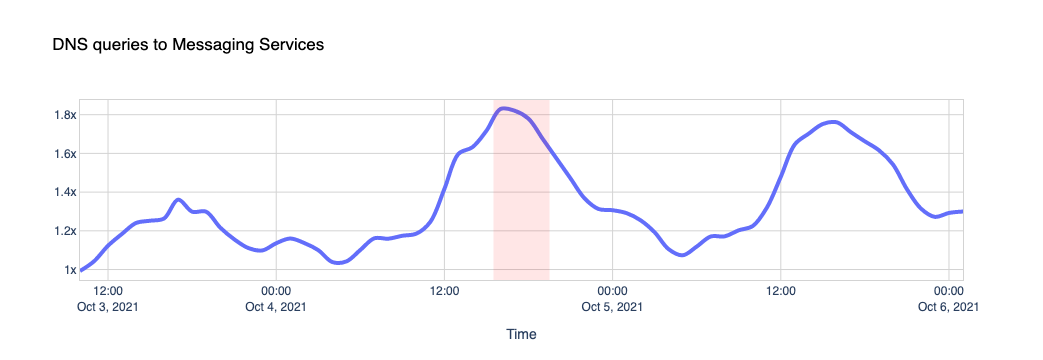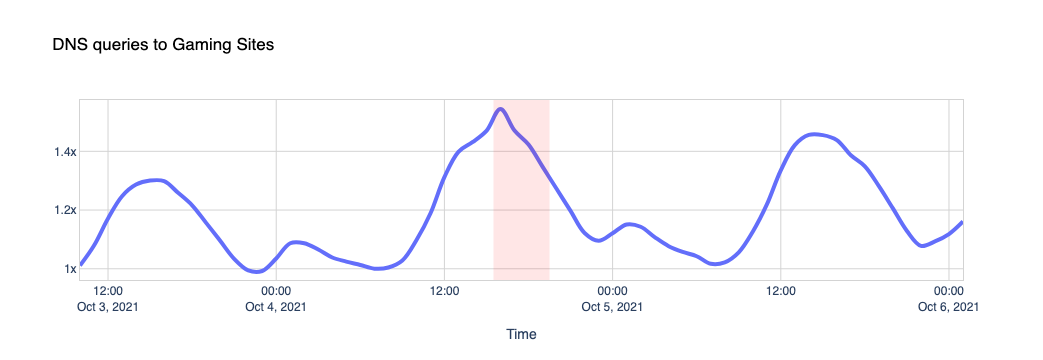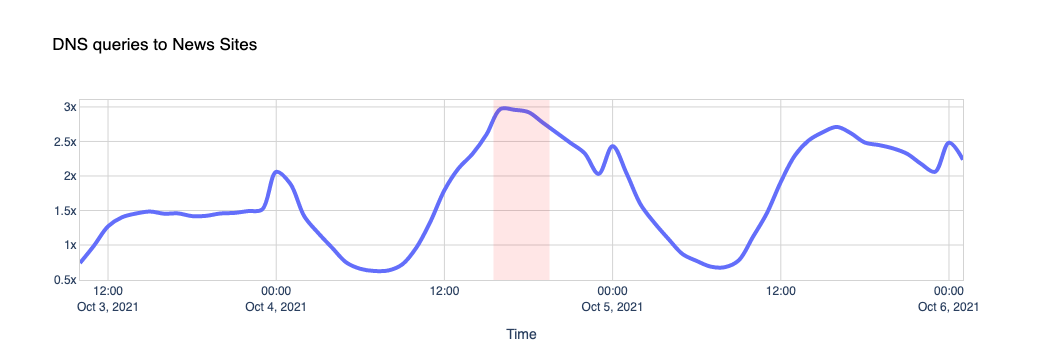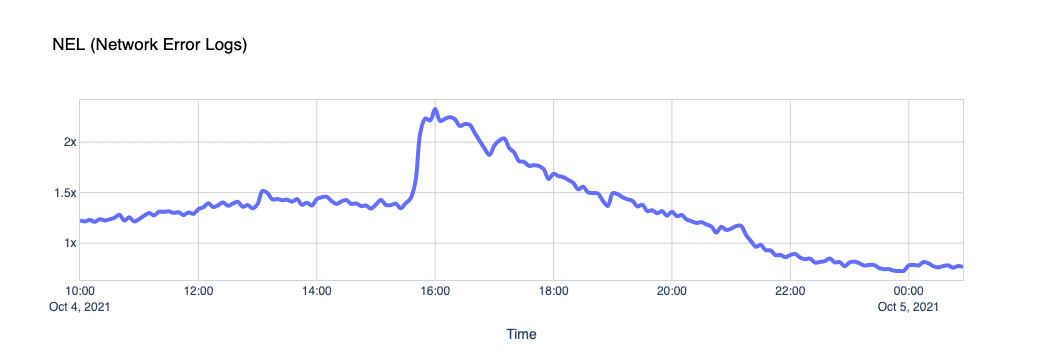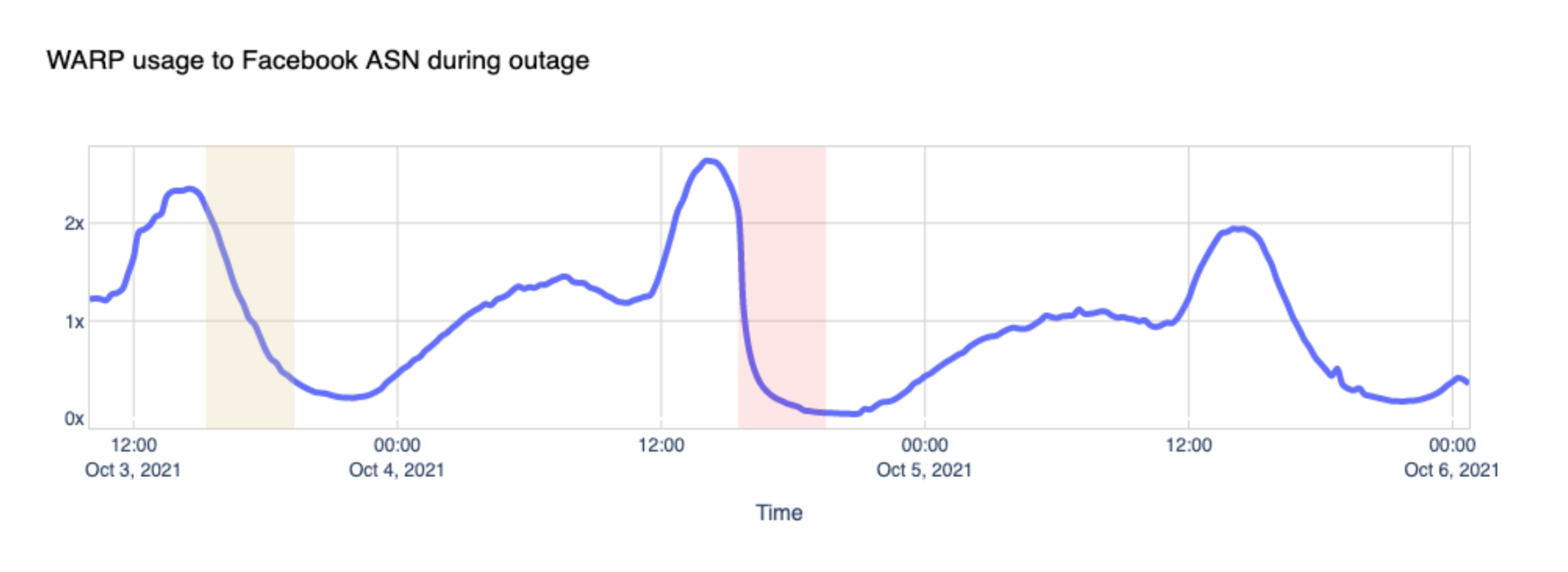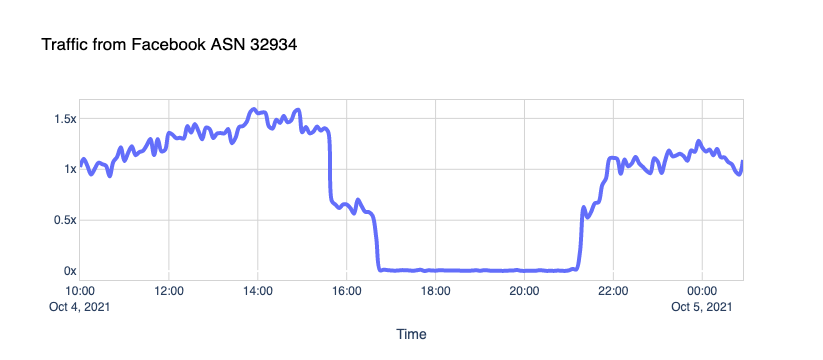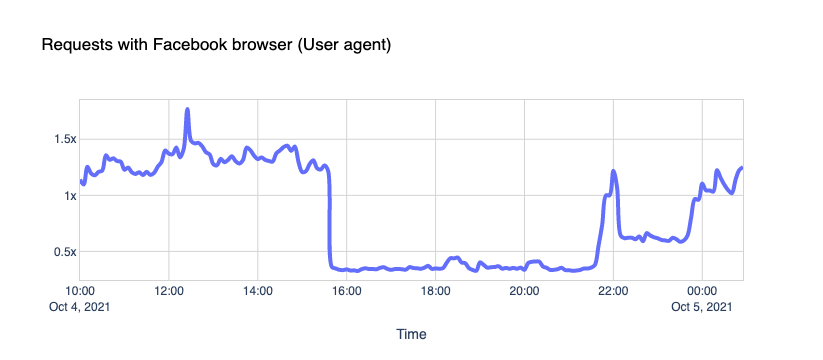Post Syndicated from Bruce Schneier original https://www.schneier.com/blog/archives/2024/03/ai-and-the-evolution-of-social-media.html
Oh, how the mighty have fallen. A decade ago, social media was celebrated for sparking democratic uprisings in the Arab world and beyond. Now front pages are splashed with stories of social platforms’ role in misinformation, business conspiracy, malfeasance, and risks to mental health. In a 2022 survey, Americans blamed social media for the coarsening of our political discourse, the spread of misinformation, and the increase in partisan polarization.
Today, tech’s darling is artificial intelligence. Like social media, it has the potential to change the world in many ways, some favorable to democracy. But at the same time, it has the potential to do incredible damage to society.
There is a lot we can learn about social media’s unregulated evolution over the past decade that directly applies to AI companies and technologies. These lessons can help us avoid making the same mistakes with AI that we did with social media.
In particular, five fundamental attributes of social media have harmed society. AI also has those attributes. Note that they are not intrinsically evil. They are all double-edged swords, with the potential to do either good or ill. The danger comes from who wields the sword, and in what direction it is swung. This has been true for social media, and it will similarly hold true for AI. In both cases, the solution lies in limits on the technology’s use.
#1: Advertising
The role advertising plays in the internet arose more by accident than anything else. When commercialization first came to the internet, there was no easy way for users to make micropayments to do things like viewing a web page. Moreover, users were accustomed to free access and wouldn’t accept subscription models for services. Advertising was the obvious business model, if never the best one. And it’s the model that social media also relies on, which leads it to prioritize engagement over anything else.
Both Google and Facebook believe that AI will help them keep their stranglehold on an 11-figure online ad market (yep, 11 figures), and the tech giants that are traditionally less dependent on advertising, like Microsoft and Amazon, believe that AI will help them seize a bigger piece of that market.
Big Tech needs something to persuade advertisers to keep spending on their platforms. Despite bombastic claims about the effectiveness of targeted marketing, researchers have long struggled to demonstrate where and when online ads really have an impact. When major brands like Uber and Procter & Gamble recently slashed their digital ad spending by the hundreds of millions, they proclaimed that it made no dent at all in their sales.
AI-powered ads, industry leaders say, will be much better. Google assures you that AI can tweak your ad copy in response to what users search for, and that its AI algorithms will configure your campaigns to maximize success. Amazon wants you to use its image generation AI to make your toaster product pages look cooler. And IBM is confident its Watson AI will make your ads better.
These techniques border on the manipulative, but the biggest risk to users comes from advertising within AI chatbots. Just as Google and Meta embed ads in your search results and feeds, AI companies will be pressured to embed ads in conversations. And because those conversations will be relational and human-like, they could be more damaging. While many of us have gotten pretty good at scrolling past the ads in Amazon and Google results pages, it will be much harder to determine whether an AI chatbot is mentioning a product because it’s a good answer to your question or because the AI developer got a kickback from the manufacturer.
#2: Surveillance
Social media’s reliance on advertising as the primary way to monetize websites led to personalization, which led to ever-increasing surveillance. To convince advertisers that social platforms can tweak ads to be maximally appealing to individual people, the platforms must demonstrate that they can collect as much information about those people as possible.
It’s hard to exaggerate how much spying is going on. A recent analysis by Consumer Reports about Facebook—just Facebook—showed that every user has more than 2,200 different companies spying on their web activities on its behalf.
AI-powered platforms that are supported by advertisers will face all the same perverse and powerful market incentives that social platforms do. It’s easy to imagine that a chatbot operator could charge a premium if it were able to claim that its chatbot could target users on the basis of their location, preference data, or past chat history and persuade them to buy products.
The possibility of manipulation is only going to get greater as we rely on AI for personal services. One of the promises of generative AI is the prospect of creating a personal digital assistant advanced enough to act as your advocate with others and as a butler to you. This requires more intimacy than you have with your search engine, email provider, cloud storage system, or phone. You’re going to want it with you constantly, and to most effectively work on your behalf, it will need to know everything about you. It will act as a friend, and you are likely to treat it as such, mistakenly trusting its discretion.
Even if you choose not to willingly acquaint an AI assistant with your lifestyle and preferences, AI technology may make it easier for companies to learn about you. Early demonstrations illustrate how chatbots can be used to surreptitiously extract personal data by asking you mundane questions. And with chatbots increasingly being integrated with everything from customer service systems to basic search interfaces on websites, exposure to this kind of inferential data harvesting may become unavoidable.
#3: Virality
Social media allows any user to express any idea with the potential for instantaneous global reach. A great public speaker standing on a soapbox can spread ideas to maybe a few hundred people on a good night. A kid with the right amount of snark on Facebook can reach a few hundred million people within a few minutes.
A decade ago, technologists hoped this sort of virality would bring people together and guarantee access to suppressed truths. But as a structural matter, it is in a social network’s interest to show you the things you are most likely to click on and share, and the things that will keep you on the platform.
As it happens, this often means outrageous, lurid, and triggering content. Researchers have found that content expressing maximal animosity toward political opponents gets the most engagement on Facebook and Twitter. And this incentive for outrage drives and rewards misinformation.
As Jonathan Swift once wrote, “Falsehood flies, and the Truth comes limping after it.” Academics seem to have proved this in the case of social media; people are more likely to share false information—perhaps because it seems more novel and surprising. And unfortunately, this kind of viral misinformation has been pervasive.
AI has the potential to supercharge the problem because it makes content production and propagation easier, faster, and more automatic. Generative AI tools can fabricate unending numbers of falsehoods about any individual or theme, some of which go viral. And those lies could be propelled by social accounts controlled by AI bots, which can share and launder the original misinformation at any scale.
Remarkably powerful AI text generators and autonomous agents are already starting to make their presence felt in social media. In July, researchers at Indiana University revealed a botnet of more than 1,100 Twitter accounts that appeared to be operated using ChatGPT.
AI will help reinforce viral content that emerges from social media. It will be able to create websites and web content, user reviews, and smartphone apps. It will be able to simulate thousands, or even millions, of fake personas to give the mistaken impression that an idea, or a political position, or use of a product, is more common than it really is. What we might perceive to be vibrant political debate could be bots talking to bots. And these capabilities won’t be available just to those with money and power; the AI tools necessary for all of this will be easily available to us all.
#4: Lock-in
Social media companies spend a lot of effort making it hard for you to leave their platforms. It’s not just that you’ll miss out on conversations with your friends. They make it hard for you to take your saved data—connections, posts, photos—and port it to another platform. Every moment you invest in sharing a memory, reaching out to an acquaintance, or curating your follows on a social platform adds a brick to the wall you’d have to climb over to go to another platform.
This concept of lock-in isn’t unique to social media. Microsoft cultivated proprietary document formats for years to keep you using its flagship Office product. Your music service or e-book reader makes it hard for you to take the content you purchased to a rival service or reader. And if you switch from an iPhone to an Android device, your friends might mock you for sending text messages in green bubbles. But social media takes this to a new level. No matter how bad it is, it’s very hard to leave Facebook if all your friends are there. Coordinating everyone to leave for a new platform is impossibly hard, so no one does.
Similarly, companies creating AI-powered personal digital assistants will make it hard for users to transfer that personalization to another AI. If AI personal assistants succeed in becoming massively useful time-savers, it will be because they know the ins and outs of your life as well as a good human assistant; would you want to give that up to make a fresh start on another company’s service? In extreme examples, some people have formed close, perhaps even familial, bonds with AI chatbots. If you think of your AI as a friend or therapist, that can be a powerful form of lock-in.
Lock-in is an important concern because it results in products and services that are less responsive to customer demand. The harder it is for you to switch to a competitor, the more poorly a company can treat you. Absent any way to force interoperability, AI companies have less incentive to innovate in features or compete on price, and fewer qualms about engaging in surveillance or other bad behaviors.
#5: Monopolization
Social platforms often start off as great products, truly useful and revelatory for their consumers, before they eventually start monetizing and exploiting those users for the benefit of their business customers. Then the platforms claw back the value for themselves, turning their products into truly miserable experiences for everyone. This is a cycle that Cory Doctorow has powerfully written about and traced through the history of Facebook, Twitter, and more recently TikTok.
The reason for these outcomes is structural. The network effects of tech platforms push a few firms to become dominant, and lock-in ensures their continued dominance. The incentives in the tech sector are so spectacularly, blindingly powerful that they have enabled six megacorporations (Amazon, Apple, Google, Facebook parent Meta, Microsoft, and Nvidia) to command a trillion dollars each of market value—or more. These firms use their wealth to block any meaningful legislation that would curtail their power. And they sometimes collude with each other to grow yet fatter.
This cycle is clearly starting to repeat itself in AI. Look no further than the industry poster child OpenAI, whose leading offering, ChatGPT, continues to set marks for uptake and usage. Within a year of the product’s launch, OpenAI’s valuation had skyrocketed to about $90 billion.
OpenAI once seemed like an “open” alternative to the megacorps—a common carrier for AI services with a socially oriented nonprofit mission. But the Sam Altman firing-and-rehiring debacle at the end of 2023, and Microsoft’s central role in restoring Altman to the CEO seat, simply illustrated how venture funding from the familiar ranks of the tech elite pervades and controls corporate AI. In January 2024, OpenAI took a big step toward monetization of this user base by introducing its GPT Store, wherein one OpenAI customer can charge another for the use of its custom versions of OpenAI software; OpenAI, of course, collects revenue from both parties. This sets in motion the very cycle Doctorow warns about.
In the middle of this spiral of exploitation, little or no regard is paid to externalities visited upon the greater public—people who aren’t even using the platforms. Even after society has wrestled with their ill effects for years, the monopolistic social networks have virtually no incentive to control their products’ environmental impact, tendency to spread misinformation, or pernicious effects on mental health. And the government has applied virtually no regulation toward those ends.
Likewise, few or no guardrails are in place to limit the potential negative impact of AI. Facial recognition software that amounts to racial profiling, simulated public opinions supercharged by chatbots, fake videos in political ads—all of it persists in a legal gray area. Even clear violators of campaign advertising law might, some think, be let off the hook if they simply do it with AI.
Mitigating the risks
The risks that AI poses to society are strikingly familiar, but there is one big difference: it’s not too late. This time, we know it’s all coming. Fresh off our experience with the harms wrought by social media, we have all the warning we should need to avoid the same mistakes.
The biggest mistake we made with social media was leaving it as an unregulated space. Even now—after all the studies and revelations of social media’s negative effects on kids and mental health, after Cambridge Analytica, after the exposure of Russian intervention in our politics, after everything else—social media in the US remains largely an unregulated “weapon of mass destruction.” Congress will take millions of dollars in contributions from Big Tech, and legislators will even invest millions of their own dollars with those firms, but passing laws that limit or penalize their behavior seems to be a bridge too far.
We can’t afford to do the same thing with AI, because the stakes are even higher. The harm social media can do stems from how it affects our communication. AI will affect us in the same ways and many more besides. If Big Tech’s trajectory is any signal, AI tools will increasingly be involved in how we learn and how we express our thoughts. But these tools will also influence how we schedule our daily activities, how we design products, how we write laws, and even how we diagnose diseases. The expansive role of these technologies in our daily lives gives for-profit corporations opportunities to exert control over more aspects of society, and that exposes us to the risks arising from their incentives and decisions.
The good news is that we have a whole category of tools to modulate the risk that corporate actions pose for our lives, starting with regulation. Regulations can come in the form of restrictions on activity, such as limitations on what kinds of businesses and products are allowed to incorporate AI tools. They can come in the form of transparency rules, requiring disclosure of what data sets are used to train AI models or what new preproduction-phase models are being trained. And they can come in the form of oversight and accountability requirements, allowing for civil penalties in cases where companies disregard the rules.
The single biggest point of leverage governments have when it comes to tech companies is antitrust law. Despite what many lobbyists want you to think, one of the primary roles of regulation is to preserve competition—not to make life harder for businesses. It is not inevitable for OpenAI to become another Meta, an 800-pound gorilla whose user base and reach are several times those of its competitors. In addition to strengthening and enforcing antitrust law, we can introduce regulation that supports competition-enabling standards specific to the technology sector, such as data portability and device interoperability. This is another core strategy for resisting monopoly and corporate control.
Additionally, governments can enforce existing regulations on advertising. Just as the US regulates what media can and cannot host advertisements for sensitive products like cigarettes, and just as many other jurisdictions exercise strict control over the time and manner of politically sensitive advertising, so too could the US limit the engagement between AI providers and advertisers.
Lastly, we should recognize that developing and providing AI tools does not have to be the sovereign domain of corporations. We, the people and our government, can do this too. The proliferation of open-source AI development in 2023, successful to an extent that startled corporate players, is proof of this. And we can go further, calling on our government to build public-option AI tools developed with political oversight and accountability under our democratic system, where the dictatorship of the profit motive does not apply.
Which of these solutions is most practical, most important, or most urgently needed is up for debate. We should have a vibrant societal dialogue about whether and how to use each of these tools. There are lots of paths to a good outcome.
The problem is that this isn’t happening now, particularly in the US. And with a looming presidential election, conflict spreading alarmingly across Asia and Europe, and a global climate crisis, it’s easy to imagine that we won’t get our arms around AI any faster than we have (not) with social media. But it’s not too late. These are still the early years for practical consumer AI applications. We must and can do better.
This essay was written with Nathan Sanders, and was originally published in MIT Technology Review.
